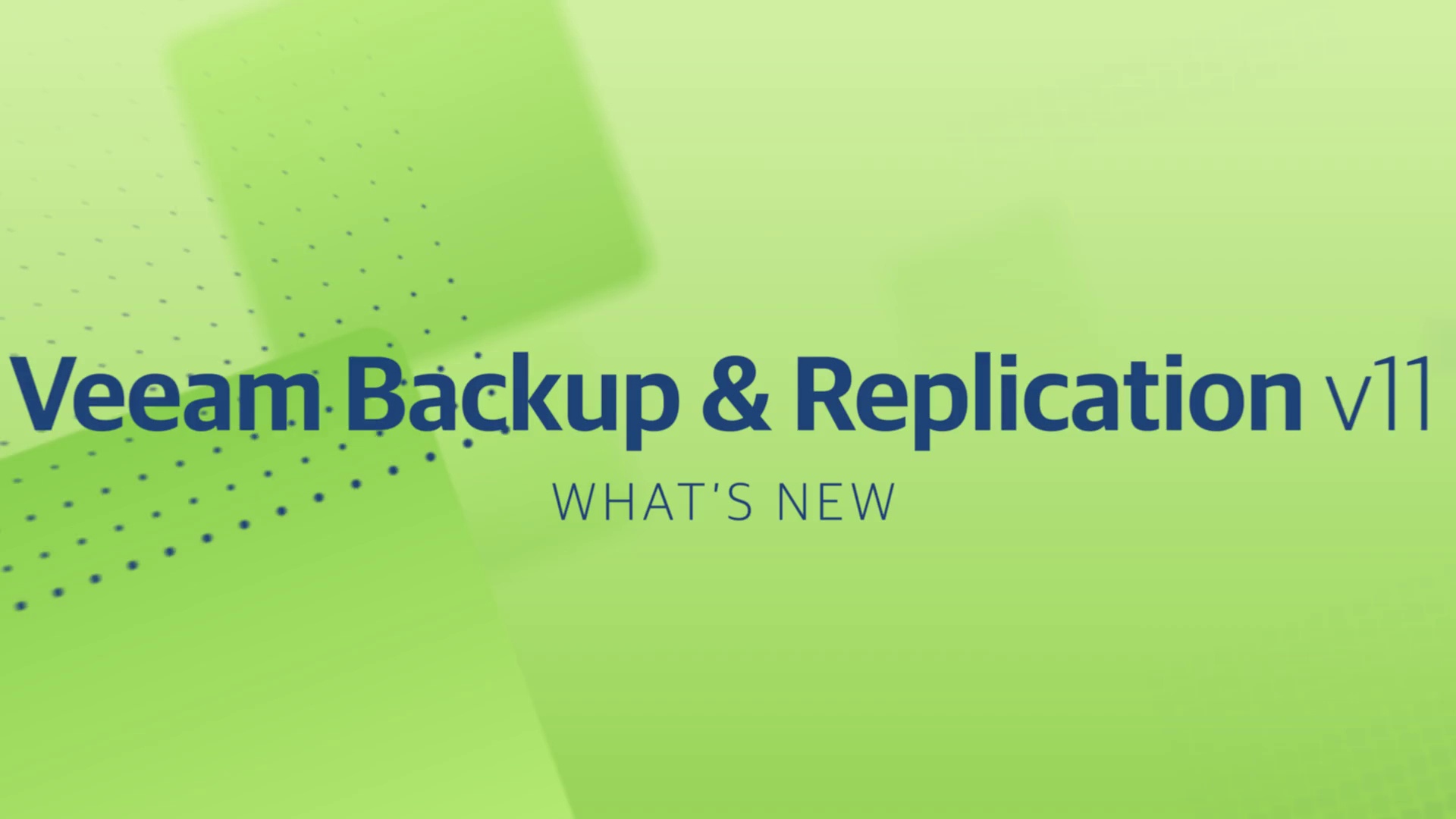

This should improve data transfer performance of local backup jobs currently reporting Network as the bottleneck, or when you see high load on some of the backup proxy server NICs when the data was supposed to stay local to the server. When both data movers are running on the same server (e.g., when backing up to a local storage attached to a backup proxy server, etc.), they will now exchange data through shared memory. For compatibility with existing servers, jobs will use a legacy data mover when OS kernel version is earlier than 2.6 or cannot be detected. To enable new functionality, jobs will leverage the new version of the data mover on Linux servers with kernel version 2.6 or later. For increased scalability, a 64-bit data mover will now be used on 64-bit Linux backup repositories with an OS kernel version of 2.6.18 or later. Disabling built-in deduplication disables the cache.

Using the default "Automatic selection" gateway server setting for Shared folder, EMC DataDomain or HP StoreOnce based backup repositories disables the cache.Using non-default backup block size changes cache RAM requirements proportionally. The cache is only enabled when using a 64-bit OS on backup repository (or gateway server), and increases RAM consumption of each job by 2GB on average, depending on backup chain size.This significantly improves performance of jobs targeting storage with poor random I/O performance (such as EMC Data Domain), while reducing the overall storage load. Target data mover now caches metadata from backup files, instead of requesting it from backup files residing multiple times over the course of the job run. A number of optimizations focused on reducing the time jobs spend performing auxiliary tasks should significantly reduce the overall job execution time for incremental runs of backup and Backup Copy jobs. Find a Veeam Accredited Service Partner.Alliance Partner Integrations & Qualifications.Veeam Backup & Replication Community Edition.


 0 kommentar(er)
0 kommentar(er)
